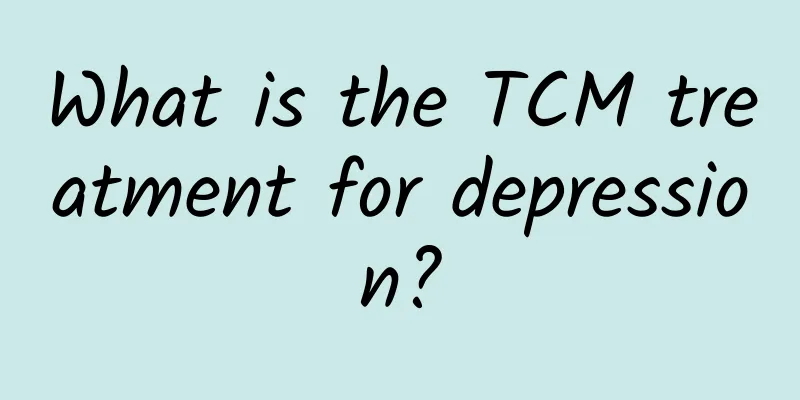Bed rest posture after thoracic vertebra fracture

|
Thoracic vertebra fractures are very harmful to patients and may cause paralysis. They must rest in bed for a long time during treatment. Family members should turn the patient over regularly and pat and massage the back regularly to prevent the patient from coughing up phlegm. Patients should be encouraged to cough frequently. In addition, the skin should be kept clean, bedsores should be prevented, lung infections should be prevented, and attention should be paid to keeping warm to avoid colds. Treatment of thoracic vertebral compression fractures Simple thoracic vertebral compression fractures are mostly stable fractures with no symptoms of neurological damage. A few vertebrae are severely wedge-shaped, and the attachments at the back of the spine, namely the vertebral arch, may have tension injuries, which manifests as unstable fractures. During the acute phase, the patient needs to lie flat on a hard bed and turn over in a balanced manner. That is, the caregiver holds the patient's shoulders and hips and rolls the patient over to avoid twisting of the trunk, and the patient cooperates by tightening the trunk muscles. After a fracture, retroperitoneal hematoma often stimulates the visceral nerves, causing intestinal motility disorders, abdominal distension and pain. After injury, it is often necessary to fast and receive fluid support, and gradually drink water and eat depending on the recovery of bowel sounds. After the pain is relieved and the abdominal distension subsides, you can perform position reduction under the guidance of a doctor according to the degree of fracture compression. For example, you can gradually place pillows on the back of the injured vertebra, using this as a fulcrum and using the gravity of the trunk to keep the spine extended, so as to stretch the wedge-shaped compressed vertebrae and improve and correct the deformity, which is fracture reduction. A chest and back brace is required when standing and walking. Turn the patient over regularly, pat and massage the back, encourage the patient to cough and expectorate, keep the skin clean and dry, and prevent lung infections and bedsores. For a few unstable fractures, open reduction and internal fixation can be performed. For fresh fractures of osteoporosis in the elderly, body position reduction can be performed under the guidance of X-ray CT, and bone cement can be injected into the fracture gap of the injured vertebra. Alternatively, an air bag can be injected first, expanded and shaped, and then bone cement can be injected to expand the compressed vertebra and strengthen the injured vertebra to prevent further collapse. As the injured vertebra stabilizes, the patient's pain will be relieved and eliminated. Since some diseases are unavoidable, we must attach great importance to their treatment. The treatment of thoracic vertebral compression fractures is very important. At the same time, post-treatment care is also very important. You must try to eat more foods high in calcium, such as bone soup, etc., and try to reduce exercise during the recovery period. Clinical manifestations of thoracic vertebral compression fractures Thoracic vertebrae compression fractures often occur in the lower thoracic and upper lumbar segments. The injury history should be carefully understood. The patient complains of back pain and fear of movement, which may hinder standing and walking. If the degree of compression is severe, the spinous process or ligaments of the posterior column may be damaged, resulting in local kyphosis or swelling and ecchymosis. Tenderness and percussion pain are common, and thoracic and lumbar spine movement is limited. Most thoracic and lumbar compression fractures are stable fractures, and few cases result in spinal cord injury and paralysis. |
<<: Lumbar disc herniation bed posture should pay attention to
>>: How to solve the defecation problem for bedridden patients
Recommend
What are the functions and effects of Amomum villosum? What diseases can it cure?
Do you know the effects and functions of Amomum v...
How much weight can you lose in a week by using coarse salt to slim your legs
Many obese people have more fat in their thighs, ...
Symptoms of stomach stones
Stones are relatively familiar to most of us, and...
What are the CT manifestations of hepatic hemangioma?
Although hepatic hemangioma is a benign disease, ...
Can cholecystitis cause chest tightness?
The symptoms of cholecystitis are very prominent,...
Is aspirin useful for treating acne?
Aspirin is a commonly used drug in medicine, and ...
Can nephrotic syndrome be cured?
Nephrotic syndrome is a relatively common disease...
Does hcg rise during ovulation?
The ovulation period is the time when the egg is ...
What is the cause of pain in the soles of your feet? Three reasons to tell you
Many people are more likely to experience pain in...
What is false fire and real fire
We all know that there are two kinds of fire in t...
How to treat prickly heat
It is the hot summer now. The high temperature an...
How to avoid scars after burns, this will give you scar-free skin
Scalding is a common occurrence in daily life. Sc...
Does Sanfutie work for rhinitis?
Rhinitis is a disease that is very difficult to t...
How to relieve finger cramps
Cramps refer to a sudden change that occurs after...
What are the effects of Chongcao Gujing Pills?
Everyone should have heard of Cordyceps sinensis....









